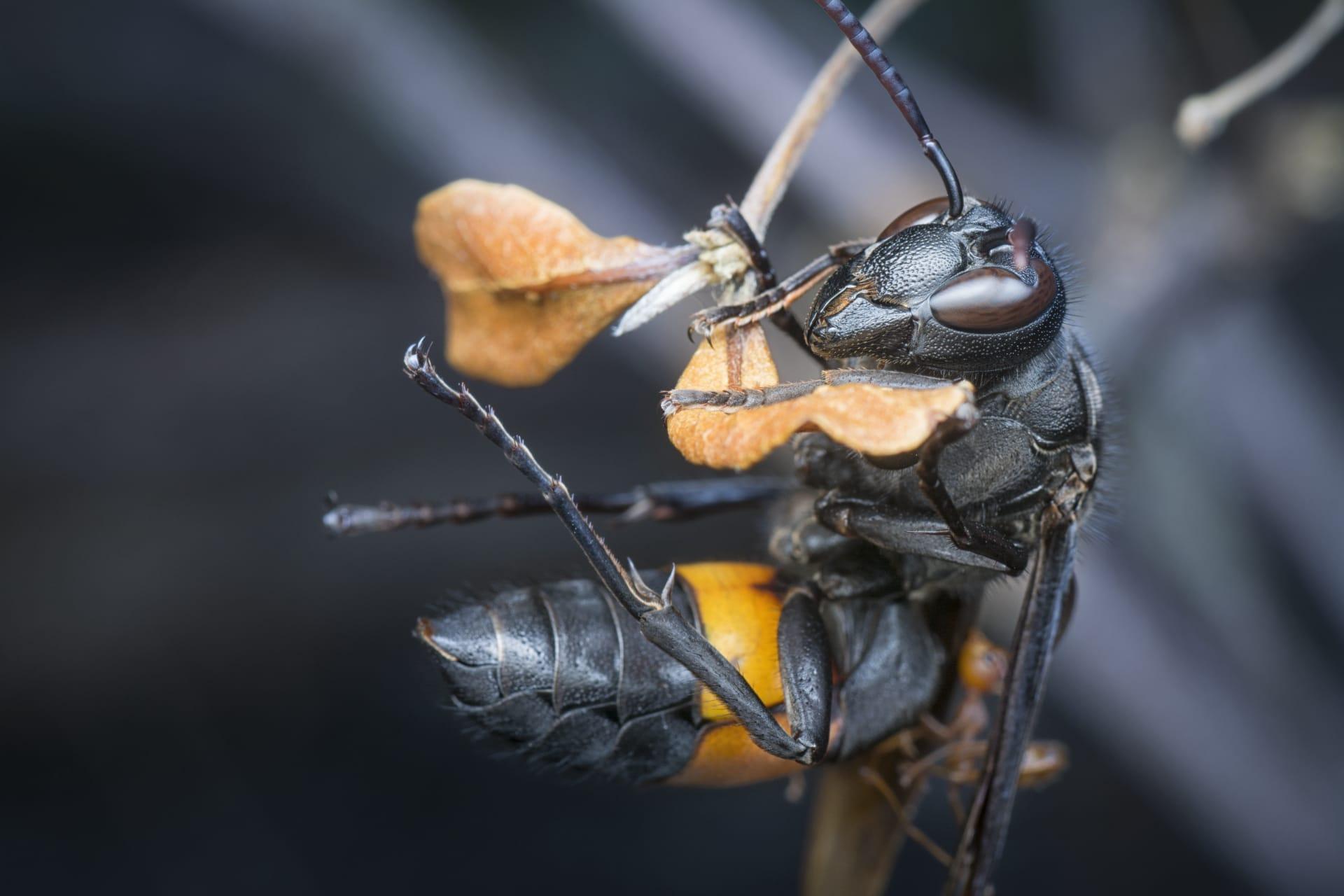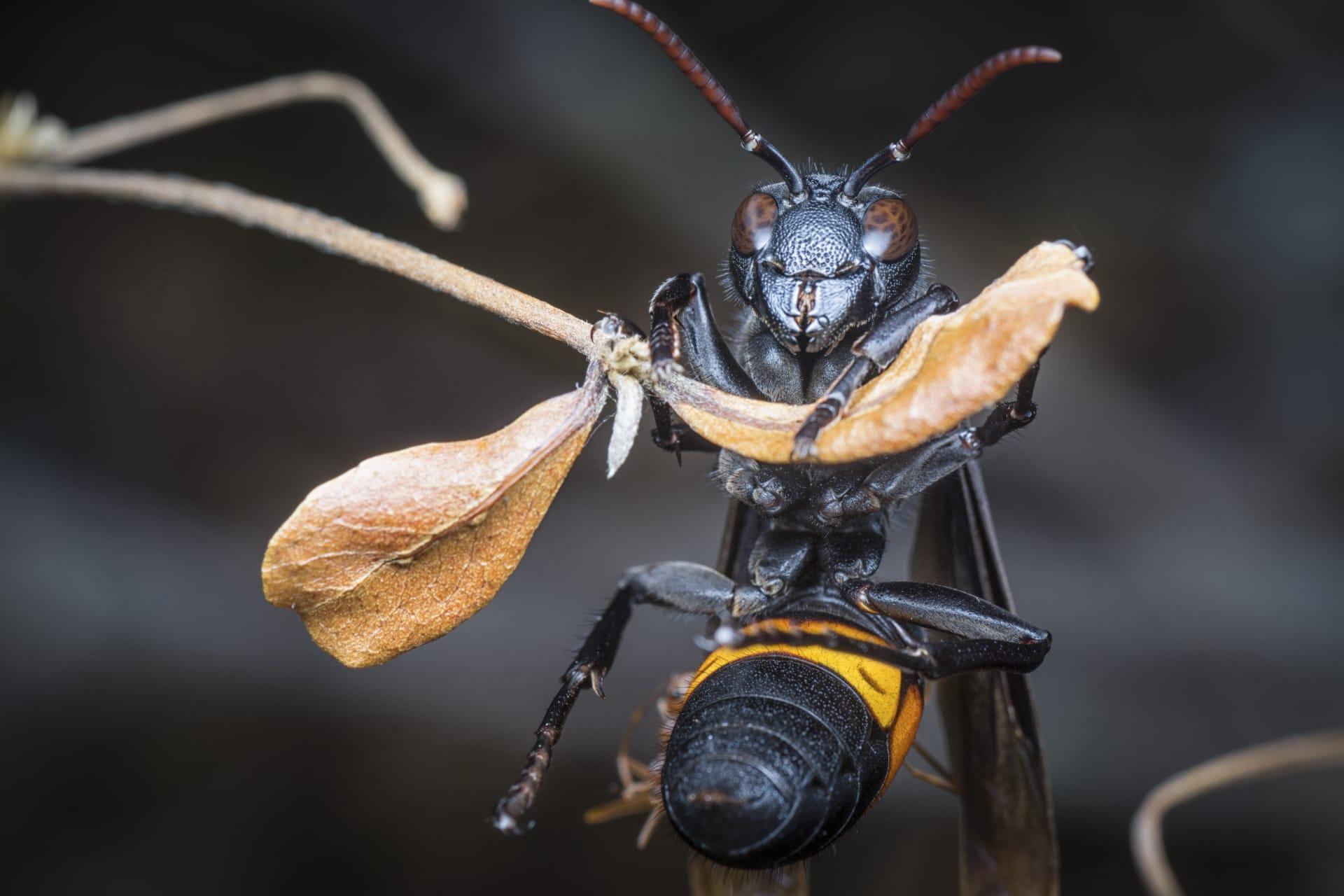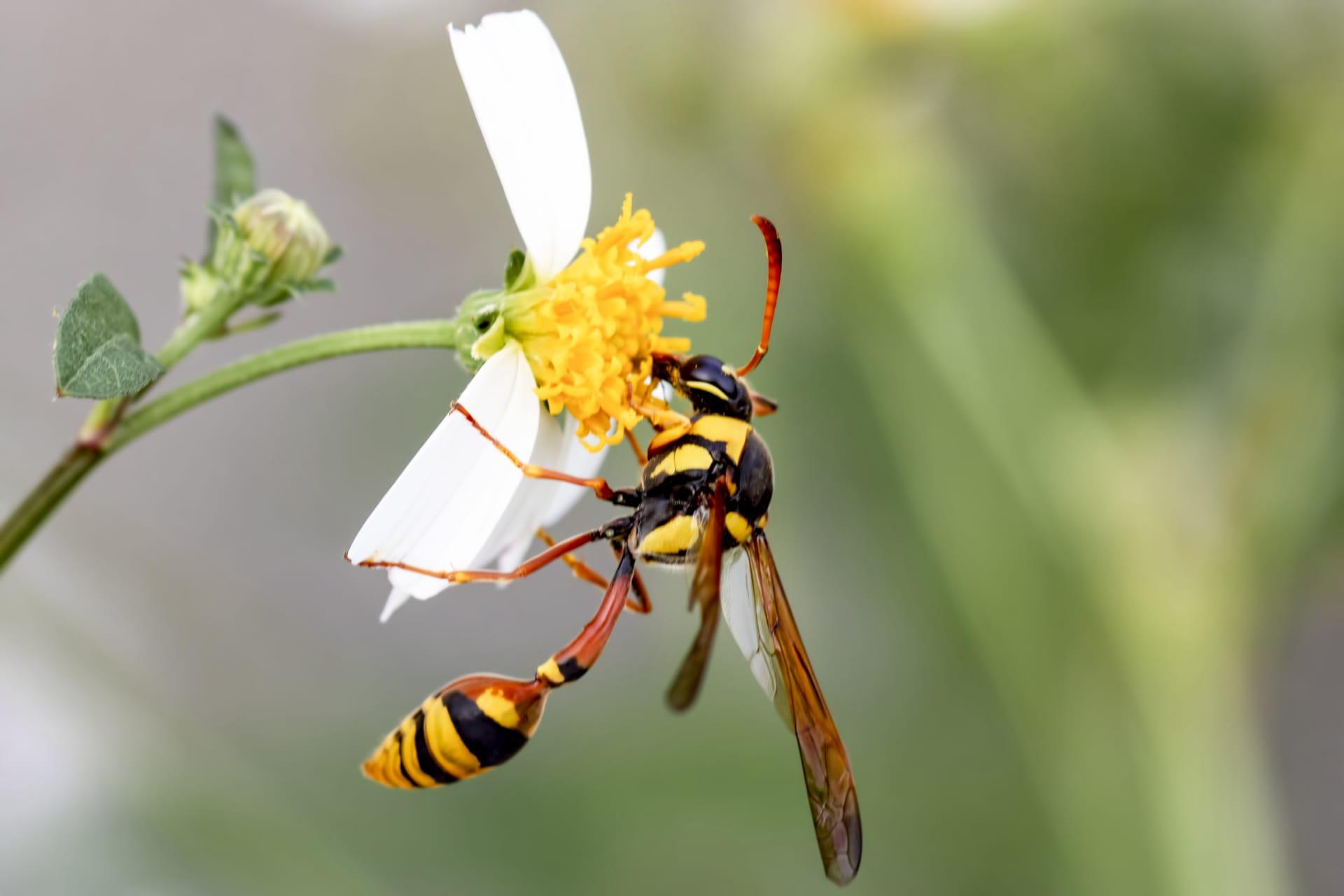Yellow Jacket Bee Characteristics
- Home /
- Mini Encyclopedia /
- Animal /
- Yellow Jacket Bee Characteristics
1
Yellow Jacket Bees, known scientifically as Vespula vulgaris, are striking insects with a body size typically ranging from 0.5 to 0.75 inches (12 to 19 mm). These bees are easily recognized by their distinctive black and yellow striped bodies. A fascinating aspect of their life cycle is their lifespan, which varies significantly between the queen and the worker bees. Queens can live for up to a year, an impressive duration for insect life, while worker bees have much shorter lives, typically only surviving for about 12 to 22 days.
The most notable organ of the Yellow Jacket Bee is its stinger. This part of their anatomy is not just for defense; it plays a crucial role in their survival and the protection of their colony. Unlike honeybees, Yellow Jacket Bees can sting multiple times without dying, making them more formidable when threatened. The stinger delivers venom that can cause pain and swelling in humans and is vital for the bee when hunting or defending its nest.

2
Question: Why do Yellow Jacket Bees tend to become more aggressive in late summer and early fall?
Answer: This behavior is primarily due to changes in their life cycle. In late summer and early fall, the Yellow Jacket Bee colonies reach their maximum size, and their natural food sources begin to dwindle. This shortage of food makes them more likely to visit human habitats in search of sugary foods and proteins. Additionally, this is the time when new queens are being reared, and the colony becomes more defensive in order to protect these vital members. Therefore, their increased aggression is a combination of their quest for food and the instinct to defend their colony.

3
Yellow Jacket Bees exhibit fascinating motion characteristics. They are known for their swift and agile flight, which allows them to effectively hunt and evade predators. Their flight speed can reach up to 7 miles per hour (11 km/h), and they have the ability to quickly change direction in mid-air. This agility is essential for their survival, both in capturing prey and in escaping potential threats.
When it comes to feeding, Yellow Jacket Bees are opportunistic. They are omnivorous, feeding on a variety of foods. Their diet includes insects, which they hunt and feed to their larvae, and for adult bees, it comprises mainly sugars and carbohydrates. They are often attracted to human food, particularly meats and sweet foods, making them frequent uninvited guests at outdoor activities during summer.

4
Yellow Jacket Bees thrive in a variety of environments, showing a remarkable ability to adapt. They are commonly found in temperate and tropical climates. Their nests are often located underground, in hollow logs, or in human-made structures like the eaves of houses or attics. These bees prefer areas that provide a balance of sun and shade, and they are often seen in suburban and rural areas, as well as parks and forests.
Reproduction is a vital aspect of the Yellow Jacket Bee's life. The colony is established by a single fertilized queen who emerges in spring, starts a new nest, and lays eggs. These eggs hatch into workers who then take over the job of expanding the nest and caring for subsequent offspring. In late summer, the queen produces new queens and males. After mating, these new queens hibernate and survive the winter, ready to start new colonies the following spring. This cycle ensures the continuation of the species.

5
Book: "The World of Yellow Jackets" - This comprehensive book, published in the United States in the early 2000s, provides an in-depth look into the life and behavior of Yellow Jacket Bees. Written by entomologist Dr. Emily Harrington, the book delves into their social structure, feeding habits, and the ecological role they play. It's a great resource for both enthusiasts and professionals interested in these vibrant insects.
Book: "Yellow Jackets: The Invisible Architects" - Authored by British naturalist John Atkins and released in the late 1990s, this book focuses on the intricate nest-building skills of Yellow Jacket Bees. Atkins combines years of field observations with stunning photography to showcase how these bees construct their complex, multi-chambered nests. The book also touches on the environmental challenges these bees face and their impact on ecosystems.